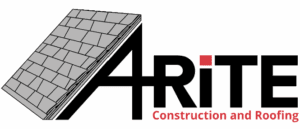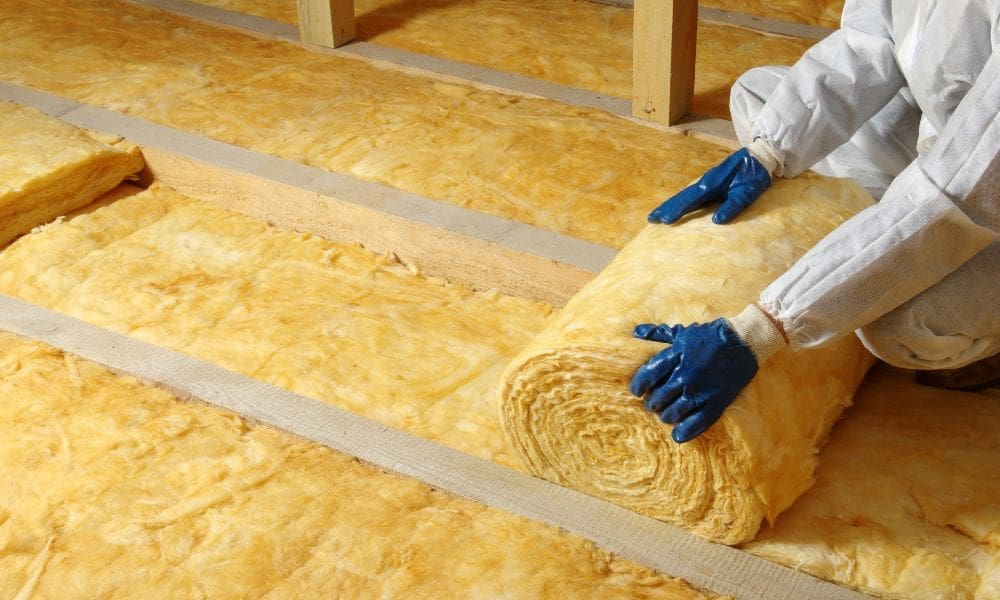There’s an overwhelming amount of insulation types on the market. It’s challenging for homeowners to understand the differences between them. How do you choose which is best for your house? These are a few different types of insulation for your home explained.
Spray Foam Insulation
Spray foam is an excellent insulation for residential homes. It fills all the gaps, cracks, and crevices to create an airtight seal. This insulation starts off as a liquid and then transforms into a hard, solid foam.
There are two types of spray foam insulation: open-cell and closed-cell. Closed-cell spray foam is the more expensive option, but it also comes with lots of benefits, which include the following:
- It’s eco-friendly.
- It creates an airtight seal.
- It acts as a moisture barrier.
- It saves energy.
- It’s a mold deterrent.
- It has a long life span.
If you’d like to replace your home’s insulation with spray foam, hire a professional. Incorrectly installed spray foam insulation won’t have the same effects.
Blanket Batts and Rolls
A common insulation type is blanket batts and fiberglass rolls. You can also find versions that use sheep’s wool, cotton, and plastic fibers.
It’s a budget-friendly insulation type that has a good R-value. R-value is the measurement of resistance to heat flow. It’s great for attics, walls, floors, and basements. Hire a professional insulation contractor to ensure you have the insulation installed correctly.
Loose Fill Fiberglass Insulation
Professionals use a hose to blow loose-fill fiberglass insulation into your attic. The countless tiny glass strands interlock together as they land on the surface, creating an ideal insulation barrier.
This insulation type has a fantastic R-value due to the millions of microscopic air pockets that trap the heat and slow the flow.
The loose-fill fiberglass insulation that A-Rite Construction installs comes from certified recycled glass and is Energy Star rated for energy efficiency. You can trust we’ll install the insulation correctly to create a comfortable home environment.
Mineral Wool
Mineral wool comes from extruded lava rock. If you live in a wood-framed home, this insulation type will work well for you. The lava rock spins at high speeds, creating skinny strands of material similar to fiberglass. It’s a fire- and moisture-resistant option that protects well against heat transfer and sound.
Mineral wool is the more expensive option over fiberglass, but the installation is similar. Per usual, use a professional as opposed to trying DIY the installation. It ensures the insulation will operate properly for its entire lifespan.
When you want new insulation, you can feel overwhelmed looking at the different forms. There are so many options. This blog explains the different types of insulation for your home to help you decide on the residential insulation you should use. Remember that an insulation contractor can also help with your decision if you’re still uncertain.




